If you want to stabilise your finances and grow the business, working to strict budgets becomes a necessity. Managing the cashflow twists and turns of a project can be hard work. But it’s easier to do when you have an agreed budget and can track your spending and performance.
So, what’s the best way to stay in control of the budgets you’ve set? And how can you manage your cashflow position to make sure there’s always enough cash to fund the project?
Understand the costs of each project
Starting a project without fully understanding how much it will cost is a no-no. To keep on top of costs, overheads, staff expenses and general spending, you need at least a ballpark figure for this expenditure. In an ideal world, you’ll want to be as precise as possible with these costs.
Run through the project from start to finish and highlight every point where there will be costs to incur. This might be the cost of your raw materials or the cost of buying new equipment. It could also be the payroll costs for the people actively working on the project. Break everything down and come up with a total expense for the project. This is your starting point.
Set your budget and track it over time
Once you know your baseline cost for the project, you and your team should decide on the amount of funds to allocate to the budget. Your baseline cost is a starting point, but don’t forget to include extra for specific contingencies. What if the project overruns? Or imagine your raw material costs go sky high? What if you need more people to get the job over the line?
Agree on a clear budget and set up your finance system to track spending against this budget. With a cloud accounting system at the heart of the business, it’s very easy to create a budget and then record and track your spending over time. Systems like SimPro and Xero Projects would be our top recommendations. The system that is best suited for you will depend on your industry and project size.
Keep a close eye on budgets and project cashflow
One of the big things to remember is that a budget is not a static thing. You’ll obviously aim to stick to your initial costs, but prices and availability will affect the total spend over time. Because of this, it’s vital to not just write the budget and then forget about it.
Keep a close eye on your budget performance and the cashflow for each project. Being able to review this performance, in real time, should help you avoid overspending, or running out of cash for the project. And when the cash in the kitty is getting low, you can get proactive and look at ways to top up the budget, or rein in spending in other areas of the project.
Take action to maintain your positive cashflow position
Balancing the cashflow scales on a project isn’t easy. But when you spot that there’s a potential hole in the budget, the important thing is to do something about it, pronto!
Running any project with your fingers crossed that ‘it will all work out in the end’ is a recipe for disaster. And with such detailed budget reports and cashflow forecasts available with today’s finance apps, there’s really no need to be disorganised about your spending.
Think about:
- Setting up key metrics for each project, to measure spending, cashflow and progress
- Run worst-case and best-case cashflow scenarios, so you’re prepared for anything
- Regularly reviewing your spending and looking for areas to make savings
- Taking on finance facilities to plug any cashflow holes as they appear.
See first hand the benefits that tracking your projects can have on your business by reading some of our client’s stories here.
If you’re thinking about scaling up your established startup, please do get in touch. One of our experienced Client Advisors can help you build solid, workable budgets that can be easily tracked through your accounting system.
Together we can achieve more.







No comment yet, add your voice below!